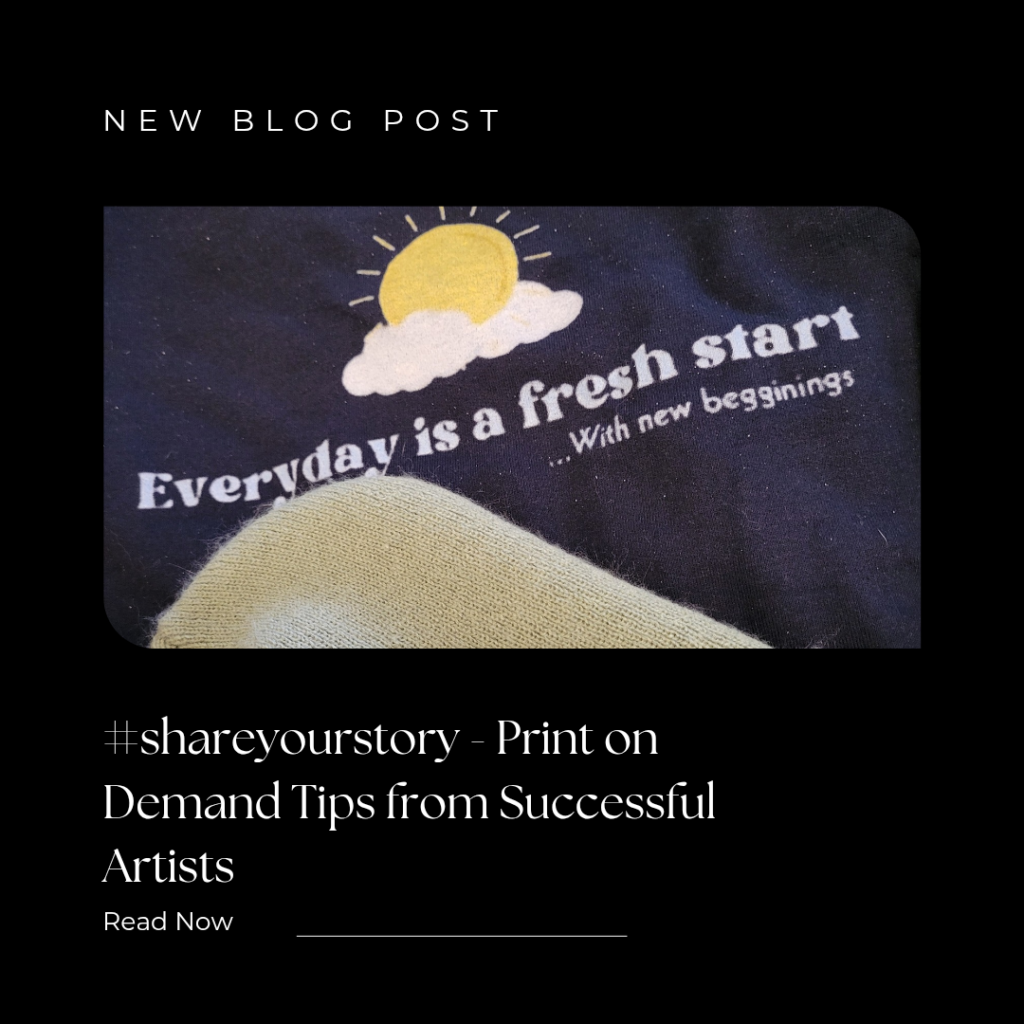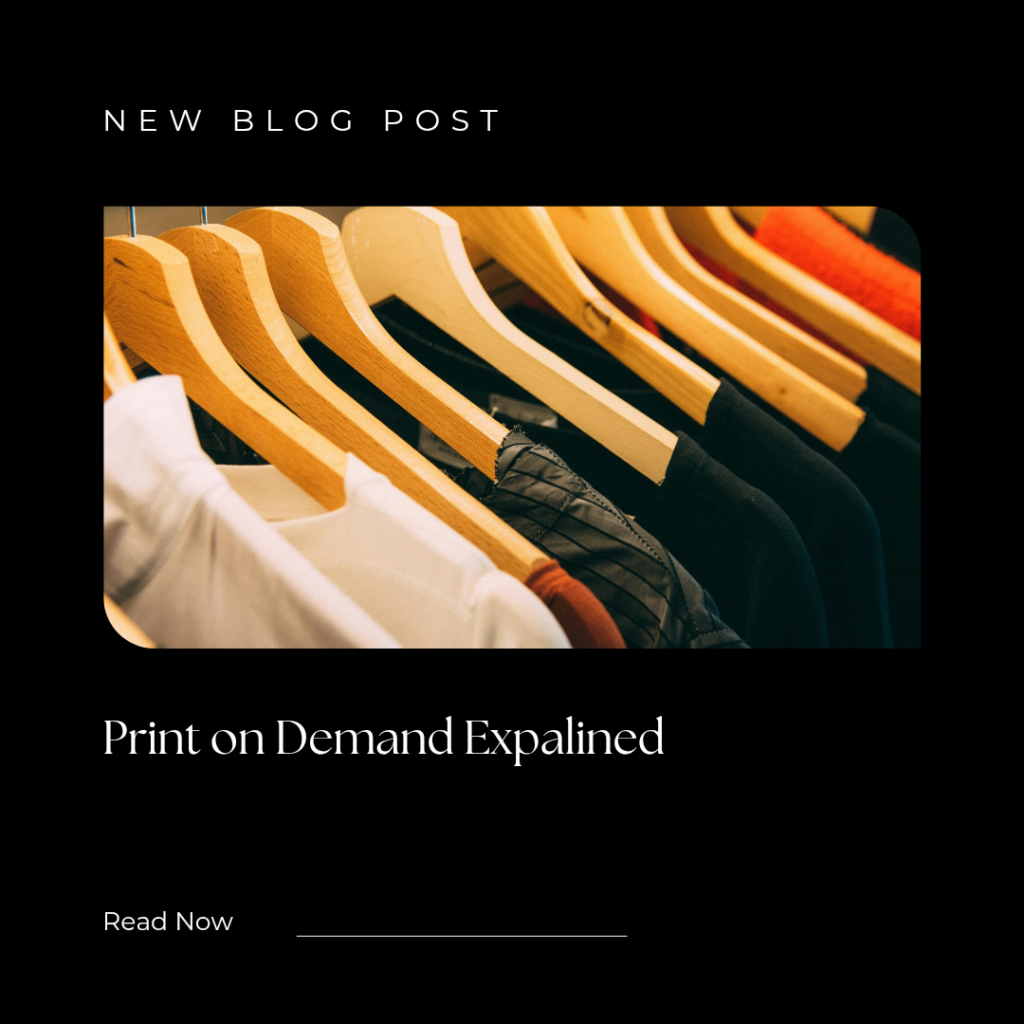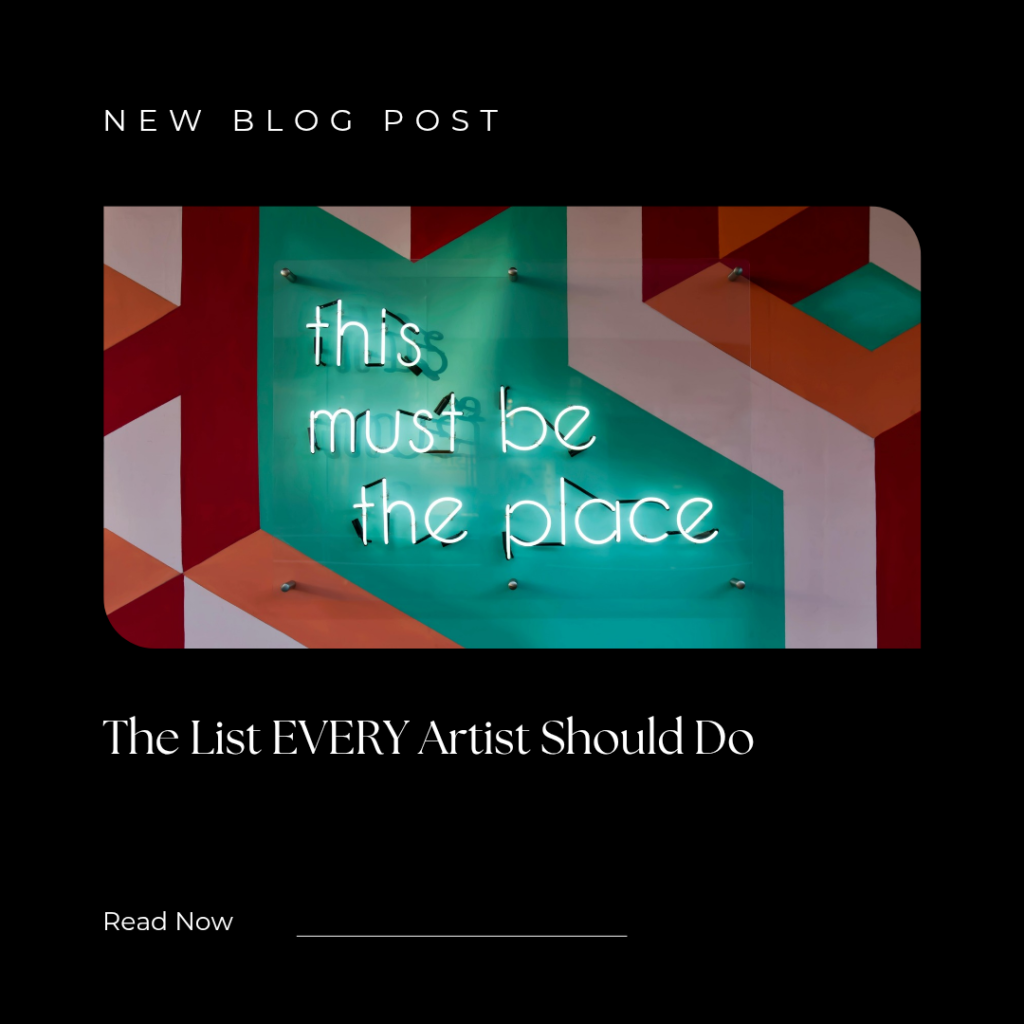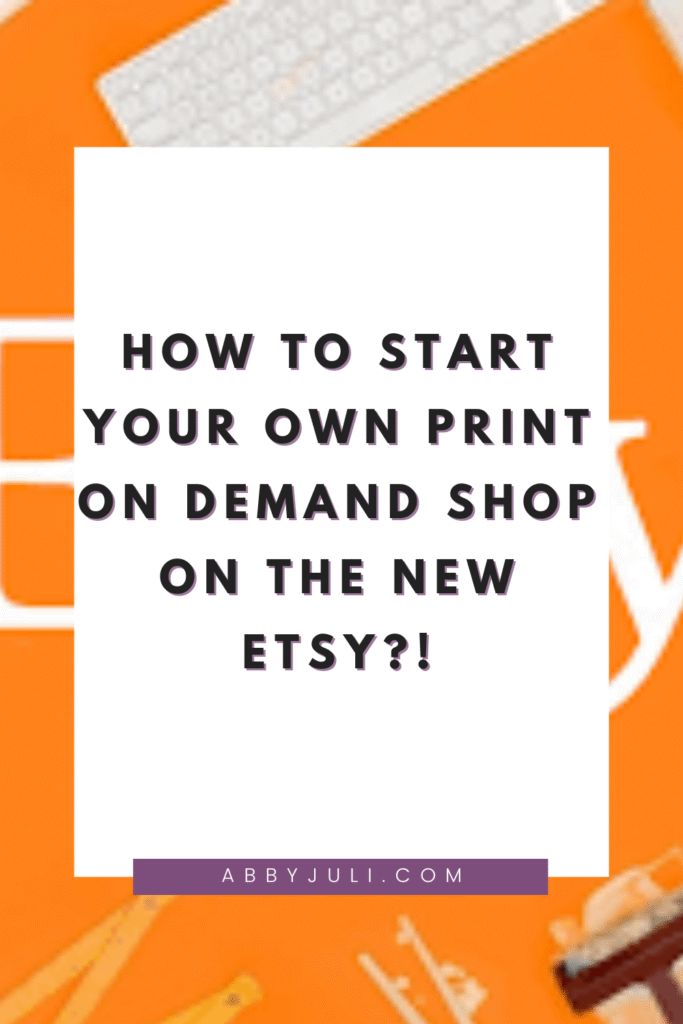
For starters, I havent found a ton of success with etsy yet and I am using etsy as an example….
you can literally use any POD shop, such as teepublic, Redbubble, Zazzle ( i dont recommend society6, they have made soo many changes)
Etsy is easier for small buissnesses and is changing to include POD… when etsy started etsy was known to be a handmade site for crafters.
✅ What the “Old Etsy” (handmade-focused) looked like
Etsy originally positioned itself as a marketplace for handcrafted, artisan goods: items made by the seller, by hand or with tools owned by the seller.
Sellers were expected to be the creator of the design and in many cases the producer. The “handmade” label implied significant seller involvement.
The appeal was the story, the artisan-touch, the uniqueness of each piece — which is something you emphasise in your brand story (authenticity, self-taught artist, community feel).
Less emphasis on mass manufacturing, less tolerance for purely resold or generic items.
⚠️ What the “Newer Etsy” (print-on-demand + AI + production partners) now allows / is evolving toward
Here are several key shifts and policy updates that relate directly to your situation (POD + personalization + adding digital cards):
a) Print-on-demand and production partners
Etsy allows the use of production partners (including POD services) if the item is the seller’s original design (or buyer’s customization) and you’re transparent about your process.
Example: You design the graphic/artwork (for your pet merch or motivational hoodie), a POD service prints & fulfils. That’s allowable when done right.
Etsy emphasises you must “bring it to the marketplace” (i.e., your creative input matters) — from their Creativity Standards: “Designed by a seller” covers original designs + third-party production.
So for your brand: your prints, your artwork, your bespoke personalization do align — you just need to ensure clarity in your listing about your role/design.
b) AI-generated art and new disclosure rules
Etsy now has clearer rules about AI-generated content. For example: sellers must disclose if an item was created with the use of AI.
From the announcement: they added one of the first direct policies around AI items in 2024: “The service … revised its seller policy … introducing new labels that clarify whether a seller made, designed, sourced or hand-picked an item.”
They permit AI-generated art if it’s been “used as part of the seller’s unique creative lens/ability” and sellers are transparent about it.
Note: sale of “prompt bundles” (just selling AI prompts) is prohibited.
So if you ever use AI tools to generate part of a design (for example, you prompt an AI then refine/edit it), you’ll want to be transparent in your listing and add your human touch. That fits your “self-taught artist” story nicely.
c) Stronger enforcement of “what qualifies as handmade/original”
Etsy’s “Creativity Standards” define four categories: Made by seller; Designed by seller; Sourced by seller; Handpicked by seller.
Because of the influx of print-on-demand, generic merch, dropshipping, and AI-flooded listings, Etsy is tightening enforcement so that marketplace stays credible.
For example: Some sellers using 3D-print or third-party designs have been stamped out because their work didn’t meet the “original design” criterion.
For your business: You want to ensure your listings clearly show what YOU did (designing, artwork, personalization) and avoid being seen as purely “resold” or “generic POD” without added value.
🎯 What this means for you (with your brands) & action steps
Since your brand strategy involves print-on-demand, personalized bracelets, digital cards, matching pet merch, etc., here’s how you can align with the “new” Etsy environment while leveraging your strengths:
✅ Leverage your strengths (authenticity, story, design)
Emphasise your story: you are the artist, you hand-craft the design (even if fulfillment is via POD). That aligns with the “Designed by a seller” category.
Highlight personalization & customization: your audience values “more than merch—it’s a movement”, mental-health support, pet love. That differentiator matters.
Use original visuals: Ensure your mock-ups and main listing images reflect actual finished design (not just blank template). Etsy requires the first image to show the finished item (especially for customizable items).
⚠️ Be transparent about AI/design & production
If you use AI in any way (e.g., generating some graphic elements), include a disclosure in your listing description. “This design was created using X tool, then refined by me” or similar. That meets Etsy’s requirement.
Make clear your role in the production chain: “Design by me, produced via [POD partner]” or “Personalized by me” so that the buyer understands your creative input and you meet the policy about production partners.
Avoid selling just “AI prompts” or selling items that are purely generative output with no original/added human design—this is restricted.
🔍 Avoid pitfalls (so you don’t risk suspension)
Don’t list items where you’re using third-party designs/patterns without your own creative contribution and calling them yours. Etsy may view that as “reselling” or violation of the “original design” requirement.
Avoid misleading imagery: the listing image must represent what the buyer receives (especially for customization). Using placeholder text “Your Text Here” as the main image may not suffice.
Monitor policy changes: Etsy is evolving its rules (AI, 3D printing, print-on-demand) so stay current. It’s good news you’re aware and proactive already.
How to start a POD shop on the NEW etsy….
I use printify…. just becuase I dont have the man power to acutally make my prodcuts…

Printify is a printing fulliment center that allows you to print your art, photo or designs on thousands of prodcuts such as tees, hoodies, mugs, prints, even underwear……
First you sign up. then create your art ( I use canva and a mix of procreate)
Then pick your prodcut and add your design.
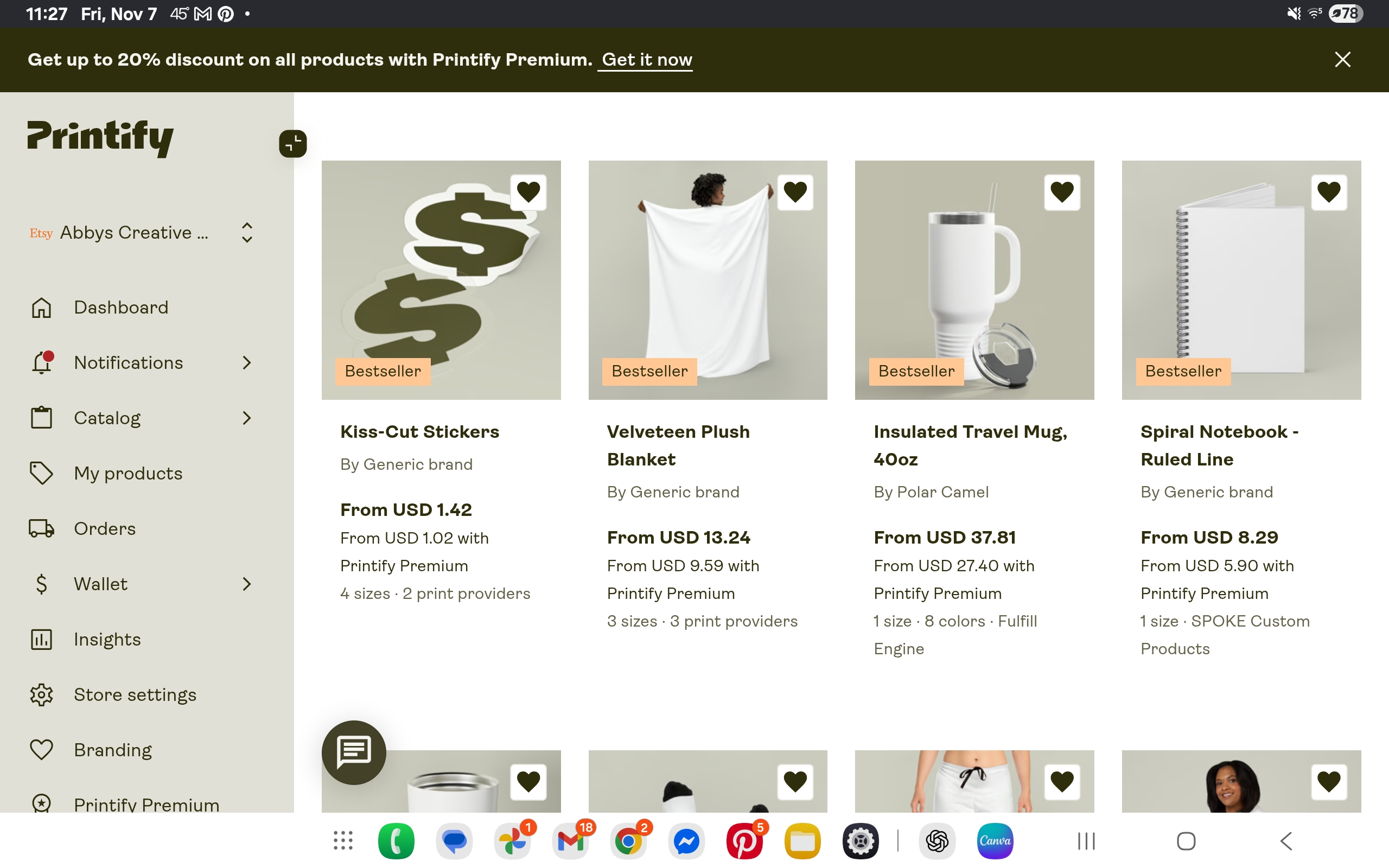
You have to connect your store as well I use etsy…. its really easy.
With all the new technology with AI, I use this for my seo, just write a detailed description of your art or photo and let the magic happen!
Hit publish and fix any seo and mockups…
then wait….
Etsy and I have a love hate relationship, I have tried etsy so many times and watched/listend to soo many gurus… I did learn but I learned to do seo and etsy my way! (the gurus tips dont always work for you! You have to find what works for you.
Heres what you should know….
🏪 1. Etsy Isn’t “Free” or Fully Passive
Even though you can start a shop for cheap ($0.20 per listing), Etsy takes a slice of nearly every transaction. Add on Printify or Printful production costs, and profit margins can get slim.
Bottom line: treat Etsy like a business platform, not a “free marketplace.” You’ll want to plan your pricing, marketing, and shop setup like a real storefront.
📦 2. Etsy’s Core Audience Still Values Handmade or Personal Touch
Even with AI and print-on-demand trending, Etsy’s roots are still handmade, vintage, and unique.
If you use AI as part of your art process (which you do transparently and ethically 👍), make sure to:
Include a disclaimer in your description (as you’ve done) like “I use AI tools to bring my sketches to life — every design is personally edited and finished by me.”
Emphasize your creative process, artistic editing, and emotional storytelling — that’s what builds trust.
Etsy’s current policies still allow AI-assisted work, as long as you clearly state it and you own the commercial rights.
🎨 3. Branding Matters More Than Ever
There are millions of Etsy shops now — most look the same.
To stand out, focus on:
Cohesive visuals: banner, logo, thumbnail backgrounds (white or consistent pastel tones that match your site).
Consistent message: what your brand means (mental-health reminders, pet comfort, cozy lifestyle).
Product mockups: lifestyle mockups work best (like cozy homes, pet owners, or pastel book corners).
✨ Tip: Use Placeit or Canva for matching mockups that reflect your vibe. A consistent brand = instant trust.
🕵️ 4. SEO Is Everything
Etsy’s search is its own algorithm. Before you list, do keyword research for your niche:
Tools: eRank, Marmalead, or EtsyHunt (free versions are fine).
Include keywords in: title, description, tags, and image alt text.
Example for your niche:
“Personalized pet lover gift”
“Custom watercolor dog art”
“Bookish self-care box”
“Mental health affirmation sweatshirt”
Keep your titles readable yet keyword-rich, e.g.
“Relax. Breathe. You’re Doing Great — Custom Dog Art Print | Motivational Pet Quote | Pet Lover Wall Art”
💳 5. Know Your Money Flow
You’ll need Etsy Payments set up with a bank account.
Payouts come weekly or daily (you choose).
Keep a small cushion in your bank for fees, renewals, and refunds.
You’ll have Etsy bills (listing + ad fees) and Printify orders (production + shipping).
Keep them separate in a spreadsheet or accounting app (like Craftybase or Notion).
💌 6. Reviews = Survival
Good reviews build visibility. Etsy’s algorithm loves 5-star reviews.
Encourage buyers with:
Polite messages after purchase or delivery.
Include a short note like “Thank you for supporting small creators!”
Avoid pressuring for reviews — instead, focus on a genuine, cozy experience.
If you ever get a bad review: stay calm, respond kindly, and try to resolve it privately. Professionalism builds long-term trust.
📈 7. Marketing Outside Etsy Is Key
Don’t rely solely on Etsy’s traffic — it’s crowded.
You already have a strong base with Instagram, blog, and Zazzle — use them!
Link to your Etsy through Linktree or your abbyjuli.com “Shop” page.
Use Pinterest (Etsy loves referral traffic).
Add short Reels showing your creative process or pet-inspired designs.
✨ The sellers who thrive are the ones who treat Etsy as one branch of their brand, not the entire business.
🧾 8. Legal, Taxes, and Policies
Before selling, make sure to:
Have clear shop policies: returns, shipping times, personalization instructions.
Keep receipts for fees, software, and POD costs — they’re tax-deductible.
Consider registering your business if you’re consistent (helps with taxes + trust).
Optional but helpful: get an EIN (free on IRS site) to separate business from personal finances.
🧠 9. Patience and Data Tracking
Etsy can take 3–6 months to gain traction, even for pros.
Keep an eye on:
Which listings get the most views/favorites.
What keywords are driving traffic.
Conversion rate (views → sales).
Use that data to improve or duplicate your best performers.
❤️ 10. Be Transparent and Human
Buyers support you, not just the item.
Tell your story — how Abby’s Creative Escape is about comfort, creativity, and overcoming anxiety through art.
Your vulnerability and mission will resonate more than any ad.
I rebranded my shop soo many times, I lost count, but once i niched down and found a style ( yes AI helpes) I started seeing results. ( read this blog, to see that story)
Or thiers so many tools you can use to help with keyword reasearch and stuff like Vela, and erank ( I still use these to help sometimes)
Printifys quality is amazing too! I have several samples…. the sweatshirts are soo soft and cozy. the Stickers are amazing.
Not sure about POD? Learn more here!

